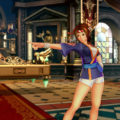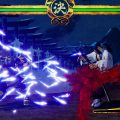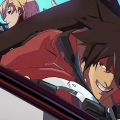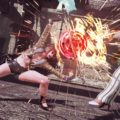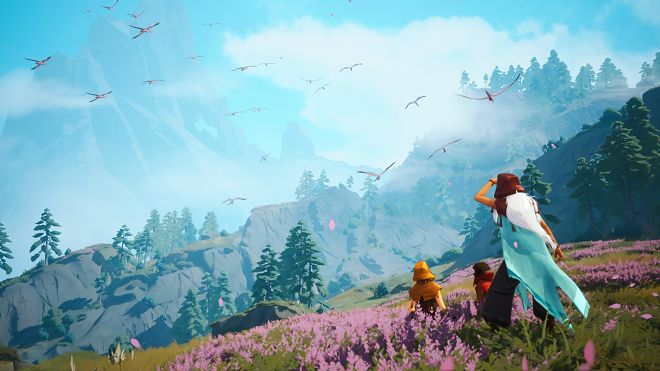Special Feature: 20 Years of Garou: Mark of the Wolves

There were several memorable fighting game company rivalries in the 90s, the era in which the genre rose to prominence. The biggest was the friendly battle between Capcom and SNK. (The fight between Street Fighter and Mortal Kombat was a close second, but that was primarily in America, and Europe to a lesser extent.)
The fighting game genre was kickstarted thanks to Street Fighter II and Fatal Fury: King of Fighters, the latter of which was notably in development before the former was announced and released. It continued from there, when Capcom released further Street Fighter games along with the Darkstalkers and Marvel titles and crossovers, while SNK released more Fatal Fury games and started franchises like Samurai Shodown, Art of Fighting, World Heroes, and The King of Fighters (separate from the Fatal Fury series).
This rivalry got extremely friendly when Capcom created a character that clearly referenced several SNK characters with Dan Hibiki. It’s great that they had fun with this.
The fun continued until the late 90s. Capcom took a big risk with Street Fighter III: New Generation, which got rid of several fan-favorite characters in lieu of new faces outside of Ryu and Ken, and contained some of the prettiest animated sprites in video game history. Its progeny brought back literally a few more familiar faces, while still having casts that largely consisted of new characters. SNK had their own response to this with a brand-new installment in their then-longest-running franchise: Garou: Mark of the Wolves.
(The game was released as Fatal Fury: Mark of the Wolves for Dreamcast in North America, but it’s referred to as Garou: Mark of the Wolves everywhere else.)
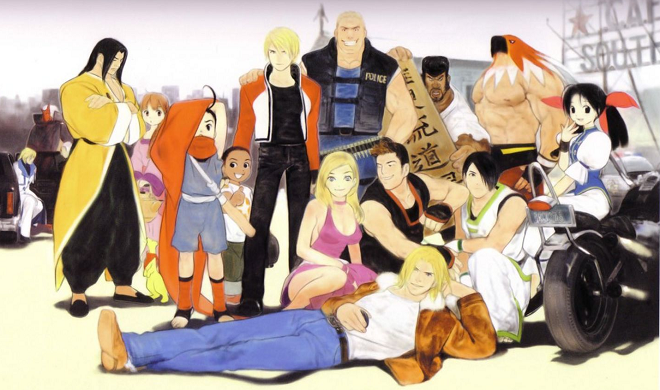
Like the Street Fighter III titles, Garou pushed aside nearly all the fan favorite characters from previous Fatal Fury titles in favor of new ones, with Terry Bogard being the only returning character. Several then-new faces were related to characters from previous games. Rock Howard is the foster child of Terry, but the actual son of franchise villain Geese Howard. Kushnood Butt (Marco Rodriguez in the Japanese version) learned Kyokugen Karate, likely from an older Ryo Sakazaki/Mr. Karate II from Art of Fighting. Kim Jae Hoon and Kim Dong Hwan are the sons of Kim Kaphwan. Each character has a distinct personality to distinguish them from their predecessors, though the characters not inspired by legacy characters like Gato and Kevin Rian also stood out. Fatal Fury fans liked this game’s cast more than Street Fighter fans liked SFIII’s, at least initially.
The beautiful sprites also helped the characters stick out. With Garou, SNK pushed their old Neo Geo arcade board technology to its fullest potential to make one of the best-looking sprite-based fighting games of the era. It didn’t look quite as good in motion as the SFIII games, but few games do. It was later topped by The King of Fighters XII and XIII, but Garou nonetheless remains delightful to observe in motion for anyone who likes sprites to this day.
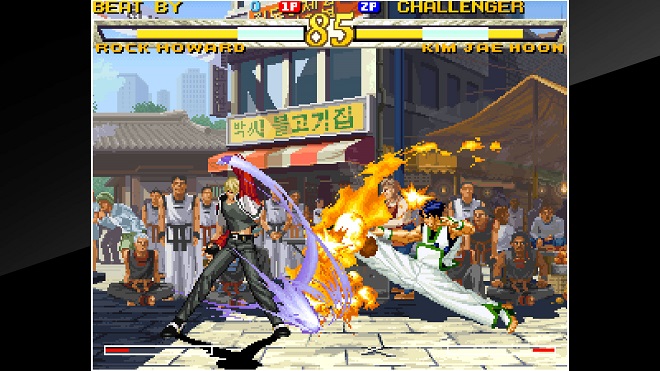
Garou’s characters contained unique move sets to ensure that every character was distinguishable from the other. This included the aforementioned characters who were successors to earlier Fatal Fury and Art of Fighting faces (both franchises occur in the same universe). The closest character here was Kim Jae Hoon, but even he wasn’t completely identical to his father. While some characters were better than others in terms of competitiveness, the game was remarkably well balanced for a late 90s fighting game. Every character is viable — including Freeman, despite being the weakest of the bunch.
The core game was fun to play for anyone who didn’t play it competitively. Garou wasn’t quite as difficult to get into as the SFIII games, though learning, let alone mastering, features like Just Defend and Kara cancelling were necessary for high-level play. It was, however, easier to learn than several other late 90s titles, especially those of the tag team variety.
Garou has a remarkable place in history thanks to being the last big hurrah from the original SNK, even though it wasn’t the last game from them per se. The King of Fighters 2000 released afterward, yes, but was rushed to the market in the company’s final moments. The second form of SNK reopened in 2003 with different staffers, as several old ones had been split between several different companies like Capcom and Dimps. It was since reborn a third time, when they returned to console games after focusing on pachinko and mobile games for years in 2016.
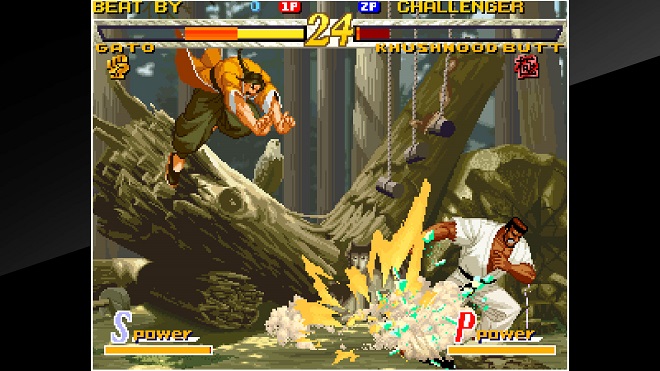
Garou was one of the best 2D fighting games around, meaning SNK fulfilled their task of making a game that rivaled the Street Fighter III games. SNK’s fanbase has been hoping for a sequel ever since, and evidence suggests that one was well into development at one point by the second SNK in the 00s. The King of Fighters XIV team provided a preliminary sprite sheet proving this during that game’s promotional cycle in an interview with Japanese site 4Gamer a little over three years ago — much of which were translated here. The sheet shows how the game would have included six new characters. SNK Deputy General Manager Yasuyuki Oda hasn’t given up on making the sequel eventually, but there’s no chance a successor will use sprites.
There was hope that Hidetoshi “Neo G” Ishizawa, who directed Street Fighter III: 3rd Strike, joined SNK to eventually work on a new Garou title. But he subsequently left after the new Samurai Shodown title released. It’s not all bad here, since that game shows how SNK still values their non-KoF titles for console game development. Oda is well aware of how popular Garou still is, so there’s a good chance that a new one could arrive in the future.
Even if one doesn’t, we’ll always have the superlative original, especially when it’s been preserved well. Garou is available on every current-generation platform courtesy of Hamster Corporation. It’s also still played in many tournaments around the world, including small tournaments at Evo, so it will remain around for a while longer.

